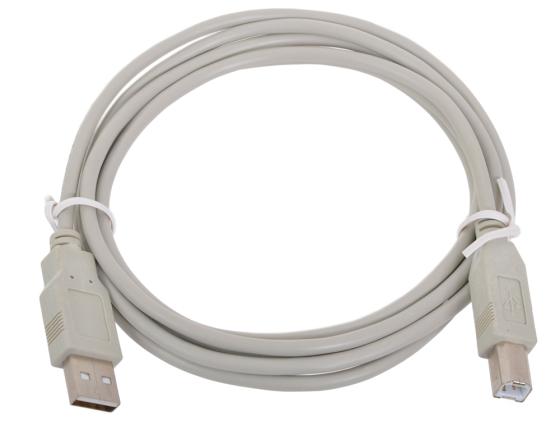
Raspajka Usb Serial 4
Mar 30, 2018 - Scan websites for malware, exploits and other infections with. Check website for malicious pages and online threats. Malicious files: 4.
Main article: This section is intended to allow fast identification of USB receptacles (sockets) on equipment. Further diagrams and discussion of plugs and receptacles can be found in the main article above.
USB logo on the head of a standard A plug A group of seven companies began the development of USB in 1994:,,,,,,. The goal was to make it fundamentally easier to connect external devices to PCs by replacing the multitude of connectors at the back of PCs, addressing the usability issues of existing interfaces, and simplifying software configuration of all devices connected to USB, as well as permitting greater data rates for external devices.
A team including worked on the standard at Intel; the first supporting USB were produced by Intel in 1995. The original USB 1.0 specification, which was introduced in January 1996, defined data transfer rates of 1.5 Low Speed and 12 Mbit/s Full Speed.

Microsoft provided OEM support for the devices. The first widely used version of USB was 1.1, which was released in September 1998. The 12 Mbit/s data rate was intended for higher-speed devices such as disk drives, and the lower 1.5 Mbit/s rate for low data rate devices such as. 's was the first mainstream product with USB and the iMac's success popularized USB itself. Following Apple's design decision to remove all from the iMac, many PC manufacturers began building, which led to the broader PC market using USB as a standard. The USB 2.0 specification was released in April 2000 and was ratified by the (USB-IF) at the end of 2001., Intel, (now Nokia), NEC, and jointly led the initiative to develop a higher data transfer rate, with the resulting specification achieving 480 Mbit/s, 40 times as fast as the original USB 1.1 specification. The specification was published on 12 November 2008.
JewelDrops Deluxe sets a new standard with gorgeous graphics by artist Jason Rainbows, a hypnotic score and professional sound effects. JewelDrops Deluxe is a super enhanced and stylish tetris-style arcade game.  During play, you manipulate triplets of jewels to form horizontal, vertical and diagonal runs as they drop down the gamefield. Whether you're a novice or a dedicated gamer, the well-crafted and strategic gameplay will have you instantly addicted! Download a fully functional copy of JewelDrops Deluxe now and start playing immediately.
During play, you manipulate triplets of jewels to form horizontal, vertical and diagonal runs as they drop down the gamefield. Whether you're a novice or a dedicated gamer, the well-crafted and strategic gameplay will have you instantly addicted! Download a fully functional copy of JewelDrops Deluxe now and start playing immediately.
Its main goals were to increase the data transfer rate (up to 5 Gbit/s), decrease power consumption, increase power output, and be with USB 2.0. ( 3–1) USB 3.0 includes a new, higher speed bus called SuperSpeed in parallel with the USB 2.0 bus. ( 1–3) For this reason, the new version is also called SuperSpeed. The first USB 3.0 equipped devices were presented in January 2010. As of 2008, approximately 6 billion USB ports and interfaces were in the global marketplace, and about 2 billion were being sold each year.
The USB 3.1 specification was published in July 2013. In December 2014, USB-IF submitted USB 3.1, USB Power Delivery 2.0 and specifications to the ( – Audio, video and multimedia systems and equipment) for inclusion in the international standard IEC 62680 Universal Serial Bus interfaces for data and power, which is currently based on USB 2.0. The USB 3.2 specification was published in September 2017. Interesting note - one of the designers of the early Atari systems (Atari VCS, Atari 400/800),, credits his work on as the basis of USB, which he also helped design and on which he holds patents.
USB 1.x [ ] Released in January 1996, USB 1.0 specified data rates of 1.5 Mbit/s (Low Bandwidth or Low Speed) and 12 Mbit/s (Full Speed). It did not allow for extension cables or pass-through monitors, due to timing and power limitations. Few USB devices made it to the market until USB 1.1 was released in August 1998.
USB 1.1 was the earliest revision that was widely adopted and led to what Microsoft designated the '. Neither USB 1.0 nor 1.1 specified a design for any connector smaller than the standard type A or type B. Though many designs for a miniaturised type B connector appeared on many peripherals, conformity to the USB 1.x standard was hampered by treating peripherals that had miniature connectors as though they had a tethered connection (that is: no plug or receptacle at the peripheral end).
System of a down full album download torrent. The band differentiates itself from the legions of Southern Californian alt-metalheads by emphasizing its Armenian musical heritage, which gives the music an eerie, otherworldly quality.
There was no known miniature type A connector until USB 2.0 (revision 1.01) introduced one. A USB 2.0 USB 2.0 was released in April 2000, adding a higher maximum of 480 Mbit/s (60 MB/s) named High Speed or High Bandwidth, in addition to the USB 1.x Full Speed signaling rate of 12 Mbit/s. Modifications to the USB specification have been made via (ECN). The SuperSpeed USB logo The USB 3.0 specification was released on 12 November 2008, with its management transferring from USB 3.0 Promoter Group to the USB Implementers Forum (USB-IF), and announced on 17 November 2008 at the SuperSpeed USB Developers Conference. USB 3.0 adds a SuperSpeed transfer mode, with associated backward compatible plugs, receptacles, and cables.